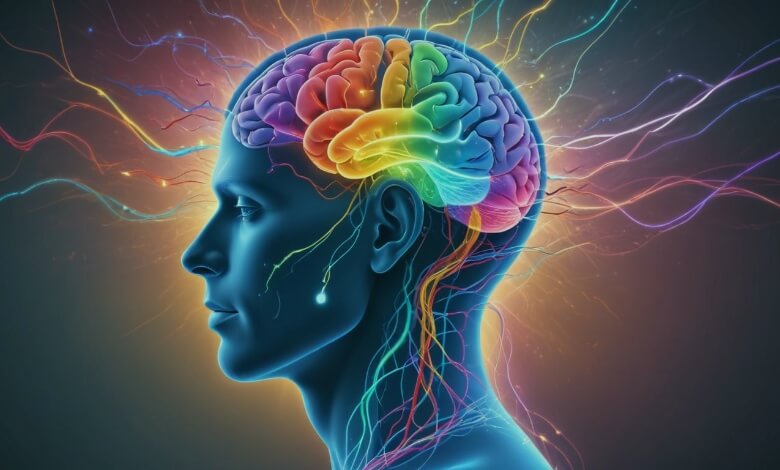Article index
I wait for a new patient, impatient to talk to me about his vocal effort.
A smiling boy enters and as I look at his beautiful "tight" teeth, I wonder how his voice will be and I imagine how the space in which his language can move should be tightened; It looks a lot like a twenty -year -old boy that I followed a year ago, sent by the osteopath who followed him for postural problems, with the indication of working with specific exercises on the language.
The meeting between speech therapist and patient ...
The boy who enters, Marco, is a 27 -year -old young tenor who tells me that he has difficulty maintaining the position of the sound and that he tires to find space in the sharp despite "effort to open".
I observe it while telling: the mobility of the ATM is scarce, in the attacks there is a slight movement of the head forward with the deviation of the jaw, the articulation is poor and the dentals are unclear.
Marco also reports that he has almost constantly cheering in the cervical area.
I share with him the information deriving from the speech therapy evaluation and we plan some meetings to observe the information that his body and his voice will give us together.
Observing with great attention allows us to build the right speech therapy strategy
 The "presence" of the language and I dare say the "arrogance" of the language in the phonation and beyond, has become increasingly clear in the people I met and encounter in my study and more and more I observed how this fascinating part of our body is a tool of well -being or effort, of stability and uncertainty.
The "presence" of the language and I dare say the "arrogance" of the language in the phonation and beyond, has become increasingly clear in the people I met and encounter in my study and more and more I observed how this fascinating part of our body is a tool of well -being or effort, of stability and uncertainty.
Although it is known to those who use the voice by profession how the language is one of the most important parts of the vocal trait, this is often considered a "tool to manage" to achieve a purpose without taking into account the proprioceptive information that provides us both a District level and general.
So, I was increasingly interested in this muscle, full of muscles, which I encounter daily in my work.
It seemed more and clearer to me how to train the ability to "listen" to the information deriving from lingual posture both during the phonation and silence, its motor skills and elasticity, the presence of involuntary movements or rigidity, makes a faster and faster recovery of the good management of the voice by decreasing the phonatory fatigue both in the speech and in singing and better the postural awareness influencing organs and systems far from her thanks to the fittings between jaw and skull and chirping and pelvic belt.
How important is it to listen to our language?
Keeping in mind that a single action within a dynamic activity is able to alter the entire mechanism, I therefore started sharing with my patients a path of listening and subsequently exercises on the language even in those situations where there is no It was an indication or a direct request but only a set of signs and symptoms that clearly brought back to a phonatory imbalance.
I kept in mind that the language has continuity with everything that surrounds it and is part of the visceral chains, flexion and front crusades and plays an essential role as well as in the swallowing, in the joint, breathing and in the phonation; It is in tissue continuity with the pharynx and has relationships with the jaw, the jaw, the Ioid bone, the storm.
I found hypotonic languages in low posture that favored destabilization and highly raised languages to close the rear cavity with bad management of resonances and raising the glottical plan, atypical swallows not considered that with the maintenance of the language on the floor they made a correct articulation difficult and put Numerous postural fees in place.
Following the hypothesis of the functional matrix I worked on the function to change the organ, sometimes verifying with wonder, how much our body is plastic and eager for well -being and balance.
How much a language at rest and not to do it could give us useful information?
The greatest difficulty was to get to share the idea that even from the position of language at rest and not to do, there can be a lot of information and that for the language the same needs that are worth for the other muscles, that is, what rests And work must find a balance.
After giving space to the knowledge and awareness of such an important part in the phonation, I used a mioFunctional approach that I think it can be useful to prepare to support a job and requests that are not always predictable or easily manageable in compliance with ergonomy; how
"If I have good legs I can walk, run and jump, if I have a good language I can talk to singing and also, well walking!"
Read also the article: osteopathic treatment: tomato and spring








